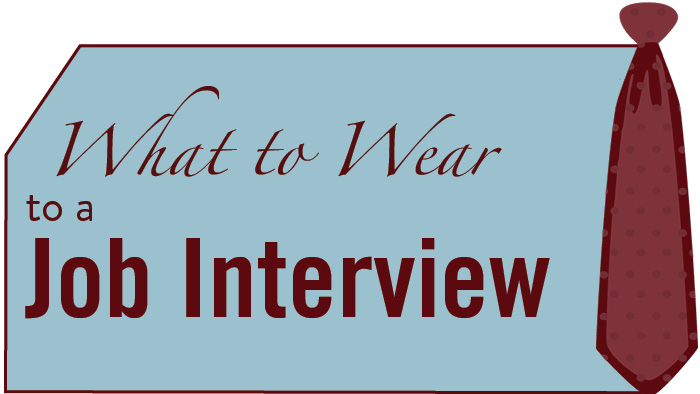Interview attire: Dress for success
The first impression you make on a possible employer is an important one. The first judgment an interviewer makes may be based on what you are wearing. Dressing appropriately for the situation is key. So, how do you know what to wear to a job interview?
First, do your homework. What is the "corporate culture" of the workplace for which you're interviewing? Should you wear business professional (also known as business formal, boardroom attire, and traditional)? Or should you wear business casual (aka smart casual and startup casual), not as conservative, but also not jeans and flip-flops.
Business professional | business formal | boardroom attire | traditional
Business professional or business formal is the most conservative, professional, and upscale of the workplace attire classifications. It’s sometimes referred to as boardroom attire or boardroom formal. While business professional attire is still high-end, it isn’t quite as elite as business formal. Characteristics of this style of work attire include the following:
- Dark or neutral colors for clothes, solid or micro patterns
- Suit jacket color and pattern should match pants or skirt
- Necktie that is solid or small pattern
- Light-colored shirt (white, light blue) with point collar
- Skirt/dress should reach the knee; pantyhose with skirt/dress
- Dark colored socks, belt, and shoes should coordinate with the clothes
- Leather or leather-like shoes
- Closed-toe and closed-heel shoes
- Little or no jewelry
- Little or no scents (perfume, cologne, etc.)
- Clean, neat and professional hairstyle
- Clean, neat and trimmed nails
- A portfolio or briefcase
Business casual | smart casual | startup casual
The definition for business casual workplace attire varies by company, industry and geographic region, so when in doubt, research the company to find images of people working there. Many workplaces are relaxing their dress codes, so business casual is becoming more standard.1 Following are some guidelines for business casual:
- Twill, khakis, or dress pants; jeans with a blazer may be acceptable in the workplace but not in an interview
- Necktie and pantyhose optional
- More variety with shirts, blouses, and collars: knit shirt with collar; button-down shirt with band collars or button collars; solid or patterned shirt
- Skirt/dress should reach the knee
- Sweater
- Closed-toe and closed-heel shoes (make sure they're comfortable for walking and standing for long lengths of time)
Do this:
- Clean, wrinkle-free clothes that fit just right
- Fabrics match the season (wool in winter, not summer)
- Polished shoes; keep heels under three inches
- Shoes and belt are color coordinated and match the clothes
- Handbag, portfolio, briefcase, etc. in good condition, with contents neat and organized
- Well groomed: clean body, hair, and nails; hairstyle is controlled and professional looking (not messy or in your face)
- Fragrance (perfume, cologne) is subtle or not used
- Phone turned off (not even on vibrate) and kept out of sight
- Head covering for religious purpose
Do not do this:
- Ripped, torn, or frayed clothing
- Clothing that shows too much skin (or shows undergarments)
- Athletic, yoga, or beach wear
- Patterns, colors, and styles that are too flashy or loud
- Too much or too flashy jewelry
- Four-inch spiked heels
- Earbuds or headphones
- Caps or hats (except for religious purpose)
1The banking and investment industry has traditionally had business formal dress codes, but in March 2019, Goldman Sachs, one of the most elite investment banks in the world, adopted a relaxed dress code. “Given our firm philosophy and the changing nature of workplaces generally in favor of a more casual environment, we believe this is the right time to move to a firmwide flexible dress code,” email to employees announced, adding “casual dress is not appropriate every day and for every interaction. . . . All of us know what is and is not appropriate for the workplace.”
